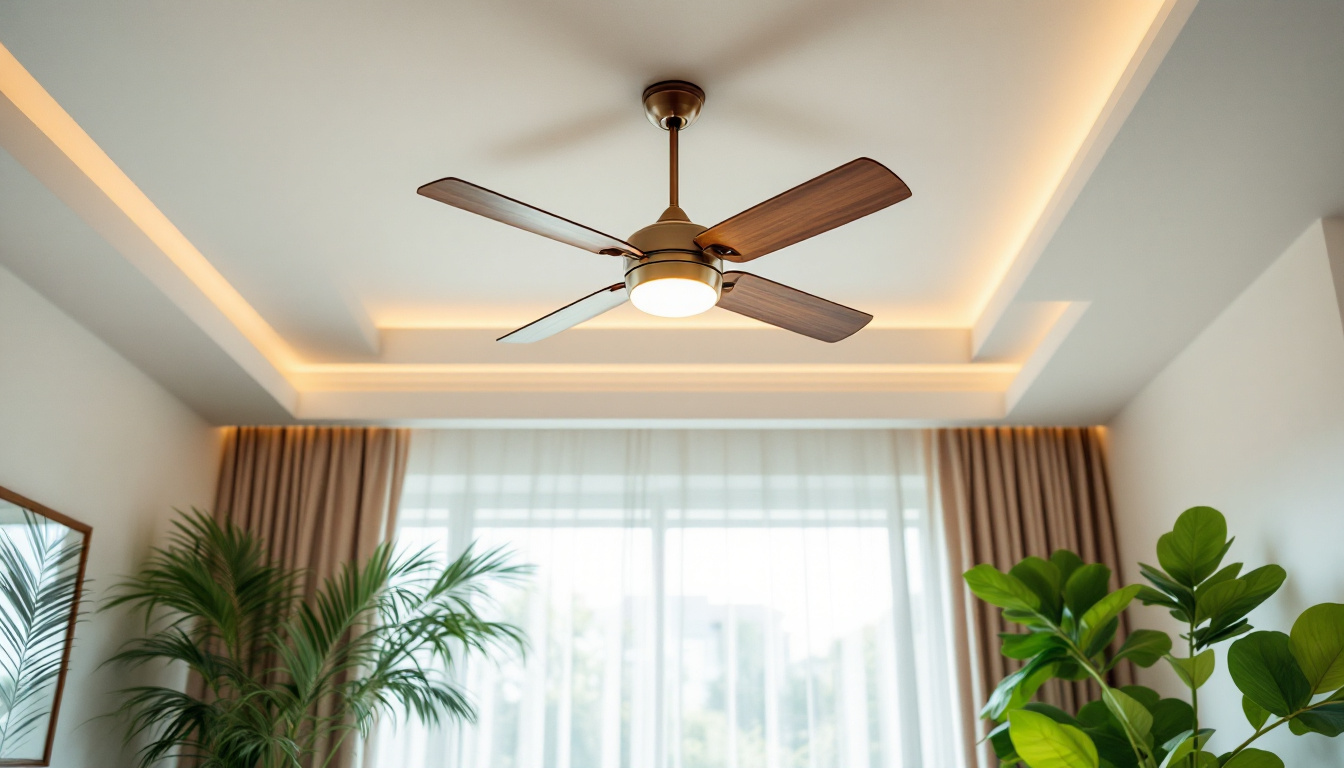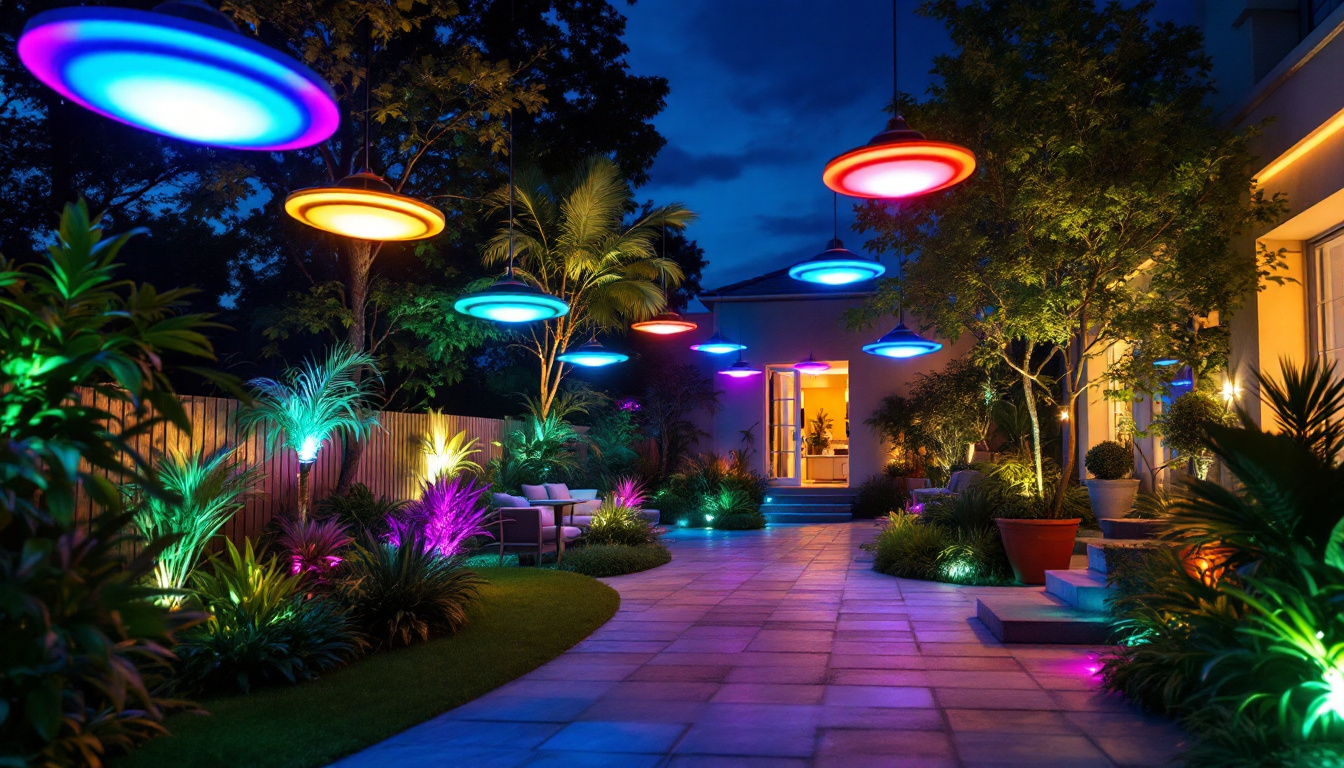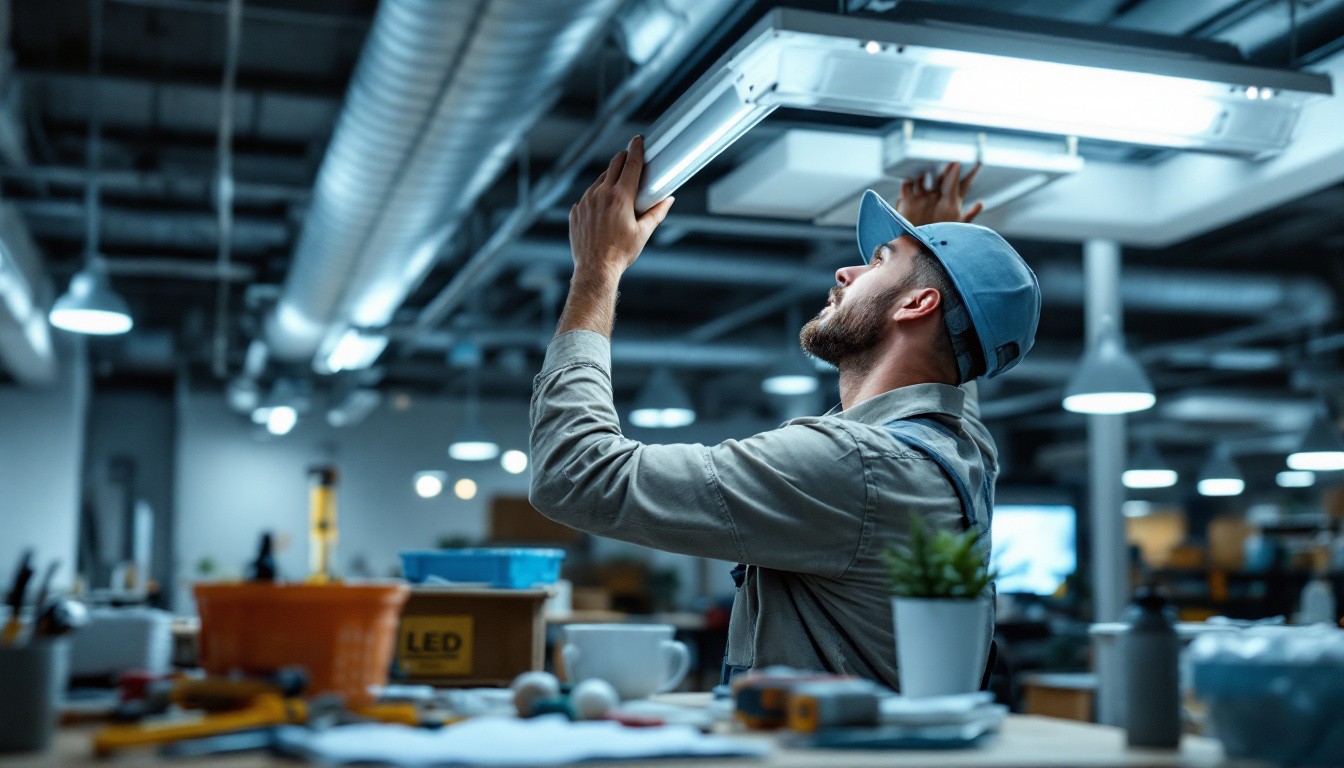
In the world of lighting design and installation, the choice of components can significantly influence both functionality and aesthetics. One such component that often goes overlooked is the fluorescent tube light diffuser. For lighting contractors, understanding the importance and application of these diffusers is essential for delivering high-quality lighting solutions. This article delves into the key aspects of fluorescent tube light diffusers, their benefits, types, and installation considerations.
Fluorescent tube light diffusers serve a critical role in managing light output and enhancing the overall quality of illumination. They are designed to soften and distribute light emitted from fluorescent tubes, reducing glare and creating a more comfortable environment.
A light diffuser is a material or device that scatters light rays, resulting in a more uniform distribution of light. In the context of fluorescent tube lighting, diffusers are typically made from materials like acrylic or polycarbonate. These materials are chosen for their durability and optical properties, ensuring that they can withstand the rigors of various environments while providing effective light diffusion.
The primary function of a diffuser is to minimize harsh shadows and bright spots, creating a balanced lighting effect. This is particularly important in commercial spaces, where the quality of lighting can impact productivity and mood. Furthermore, the design of diffusers can vary significantly, with options ranging from frosted surfaces to patterned textures, allowing for customization based on the specific needs of a space.
Incorporating fluorescent tube light diffusers into lighting designs offers numerous advantages. First and foremost, they enhance visual comfort by reducing glare, which can be particularly beneficial in workspaces where prolonged exposure to bright lights can lead to eye strain.
Additionally, diffusers can improve the aesthetic appeal of a space. By softening the harshness of direct fluorescent light, they contribute to a more inviting atmosphere. This is especially relevant in environments such as retail stores, offices, and healthcare facilities, where lighting plays a crucial role in customer and employee satisfaction. Moreover, the right diffuser can also help to accentuate the design elements of a room, drawing attention to artwork or architectural features while maintaining a cohesive look throughout the space.
Another significant benefit of using light diffusers is their ability to enhance energy efficiency. By distributing light more evenly, diffusers can reduce the need for additional lighting fixtures, leading to lower energy consumption and costs. This is particularly important in large commercial settings where lighting can account for a substantial portion of the energy bill. Furthermore, with the growing emphasis on sustainability, many modern diffusers are designed to be recyclable or made from eco-friendly materials, aligning with green building practices and reducing the environmental impact of lighting solutions.
Lighting contractors should be aware of the various types of diffusers available on the market. Each type has its unique properties and applications, making it vital to choose the right one for specific projects.
Acrylic diffusers are among the most popular choices due to their lightweight nature and excellent light transmission properties. They are available in various textures and finishes, allowing for customization based on the desired lighting effect.
These diffusers are also resistant to yellowing over time, ensuring that the quality of light remains consistent throughout their lifespan. Furthermore, acrylic diffusers are easy to clean and maintain, making them ideal for high-traffic areas. Their versatility extends to both residential and commercial settings, where they can enhance the aesthetic appeal of lighting fixtures while providing functional illumination. Additionally, acrylic diffusers can be manufactured in a variety of colors, enabling designers to create unique lighting designs that complement the overall decor of a space.
Polycarbonate diffusers offer superior impact resistance compared to acrylic options. This makes them an excellent choice for environments where durability is a priority, such as industrial settings or areas prone to vandalism.
In addition to their strength, polycarbonate diffusers also provide effective light diffusion. They are often used in applications where safety and longevity are critical, such as in schools and public facilities. Their ability to withstand harsh conditions, including extreme temperatures and UV exposure, makes them a reliable choice for outdoor installations as well. Moreover, polycarbonate diffusers can be engineered to meet specific fire safety standards, adding an extra layer of security in environments that require compliance with stringent regulations.
Diffusers can be categorized into textured and smooth types. Textured diffusers tend to scatter light more effectively, creating a softer illumination. This makes them suitable for spaces where a warm ambiance is desired.
On the other hand, smooth diffusers provide a more direct light output and are often used in applications requiring higher light levels. Understanding the specific needs of a project will help contractors determine which type of diffuser to use. Textured diffusers can also help to minimize glare, making them an excellent choice for environments like offices or conference rooms, where prolonged exposure to harsh lighting can lead to discomfort. Smooth diffusers, while providing bright and focused light, are often favored in retail spaces or galleries, where showcasing products or artwork in the best possible light is essential. The choice between textured and smooth diffusers ultimately hinges on the intended use of the space and the desired visual outcome.
Proper installation of fluorescent tube light diffusers is crucial for achieving optimal performance. Lighting contractors must consider several factors to ensure that the diffusers function effectively and enhance the overall lighting design.
Before installing a diffuser, it is essential to ensure that it is compatible with the existing fixtures. Different fixtures may require specific types of diffusers, and using the wrong type can lead to inadequate light distribution or even damage to the diffuser.
Contractors should verify the dimensions and mounting methods of the fixtures to select the appropriate diffuser. This attention to detail will help avoid complications during installation and ensure a seamless fit.
The positioning and orientation of the diffuser can significantly impact the quality of light in a space. Contractors should consider the angle at which the light is emitted and how the diffuser will interact with the surrounding environment.
In some cases, adjusting the angle of the diffuser can enhance light distribution and reduce glare. Experimenting with different orientations during the installation process can lead to improved lighting outcomes.
Another critical aspect of installation is ensuring that the diffusers are easily accessible for maintenance. Dust and dirt can accumulate on the surface of diffusers, affecting their performance over time. Contractors should consider the ease of cleaning when selecting the installation method.
In spaces where maintenance is challenging, choosing diffusers with self-cleaning properties or those that are easy to remove can save time and effort in the long run. This foresight can also enhance the longevity of the lighting system.
Lighting contractors must also think about the overall design and functionality of the lighting system when incorporating diffusers. The choice of diffuser can influence the mood and usability of a space, making it essential to align lighting design with the intended purpose of the area.
Understanding the difference between task lighting and ambient lighting is crucial for selecting the right diffuser. Task lighting is designed to illuminate specific areas for activities such as reading or working, while ambient lighting provides general illumination for a space.
For task-oriented areas, such as offices or workshops, diffusers that offer higher light levels and focused output may be more appropriate. Conversely, for spaces intended for relaxation or social interaction, softer diffusers that create a warm, inviting glow are ideal.
The color temperature of the fluorescent tubes used in conjunction with diffusers can also affect the overall lighting experience. Contractors should consider the desired ambiance when selecting both the tubes and the diffusers.
Cooler color temperatures are often preferred in work environments for their stimulating effects, while warmer temperatures are more suitable for residential or hospitality settings. The right combination of diffuser and tube can enhance the desired lighting quality and atmosphere.
As energy efficiency becomes increasingly important in lighting design, contractors must consider how diffusers can contribute to sustainable practices. Fluorescent tube light diffusers can play a role in optimizing energy use while maintaining high-quality illumination.
Effective diffusers can help maximize light output from fluorescent tubes, reducing the need for additional fixtures and minimizing energy consumption. By ensuring that light is evenly distributed, contractors can achieve the desired illumination levels without over-relying on power-hungry systems.
Moreover, selecting high-quality diffusers that maintain their optical properties over time can lead to long-term energy savings. This not only benefits the environment but also reduces operational costs for clients.
When choosing diffusers, lighting contractors should also consider the recyclability of materials. Acrylic and polycarbonate diffusers can often be recycled, contributing to a more sustainable lighting solution.
By opting for products that prioritize sustainability, contractors can align their projects with the growing demand for eco-friendly practices in the construction and design industries.
Fluorescent tube light diffusers are essential components in the toolkit of lighting contractors. Understanding their functions, types, and installation considerations is crucial for delivering high-quality lighting solutions that meet the diverse needs of clients. By carefully selecting and installing diffusers, contractors can enhance the visual comfort, aesthetic appeal, and energy efficiency of their lighting designs.
As the industry continues to evolve, staying informed about the latest advancements in diffuser technology and materials will empower contractors to provide innovative and effective lighting solutions. Ultimately, the right choice of fluorescent tube light diffusers can make a significant difference in the quality of light and the overall experience of any space.
Ready to elevate your lighting projects with the highest quality fluorescent tube light diffusers? Look no further than LumenWholesale, where we provide contractors with spec-grade lighting products at unbeatable wholesale prices. Say goodbye to local distributor markups and hello to superior lighting solutions that meet the highest industry standards. With LumenWholesale, bulk buying is a breeze, and with free shipping, you can rest assured you’re getting premium lighting at the best value — without any hidden fees. Don’t compromise on quality or cost. Explore our selection now and experience the perfect blend of quality, affordability, and convenience that only LumenWholesale can offer.

Discover expert tips and innovative ideas for lighting contractors to enhance spaces with beautiful ceiling fans.

Discover the future of illumination with insights from expert lighting contractors on LED UFO lights.

Discover essential tips and expert advice for lighting contractors on transitioning from fluorescent lights to energy-efficient LED systems.

Discover innovative strategies from top lighting contractors for enhancing your home’s exterior with smart lighting solutions.